Hong Kong's Cage Homes by Alissar Riachi
Designer-in-Chief Alissar Riachi reflects on Covid-19 as an intensifier of differences rather than a leveller, with many around the world having been refused the right to an honourable home. The ongoing trend of drawing one's #homeoffice is critiqued through visualising Hong Kong's cage and coffin homes. The purpose is to critically reflect on and use our privileged situation to highlight the injustices of people without necessarily the means to raise their own voices.
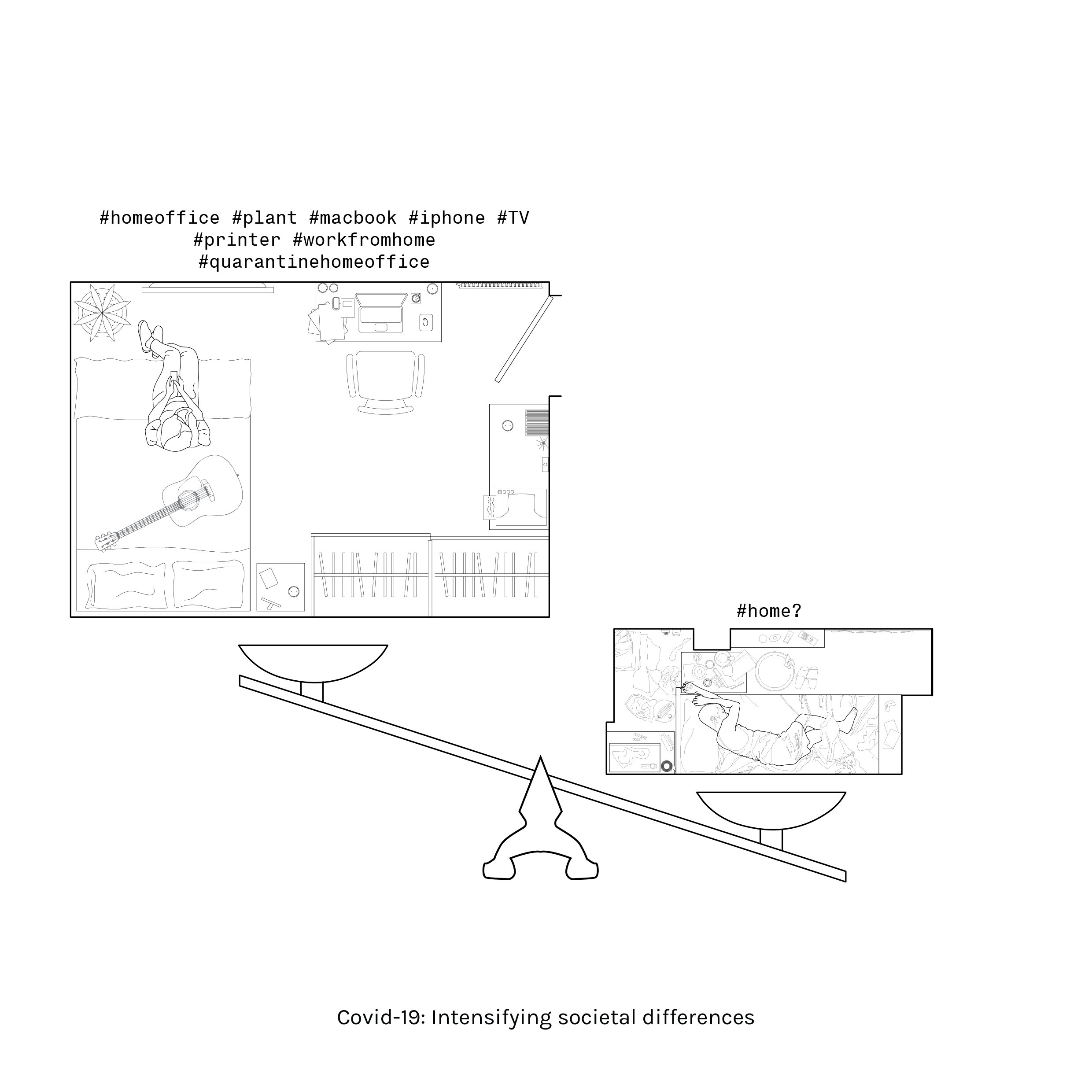
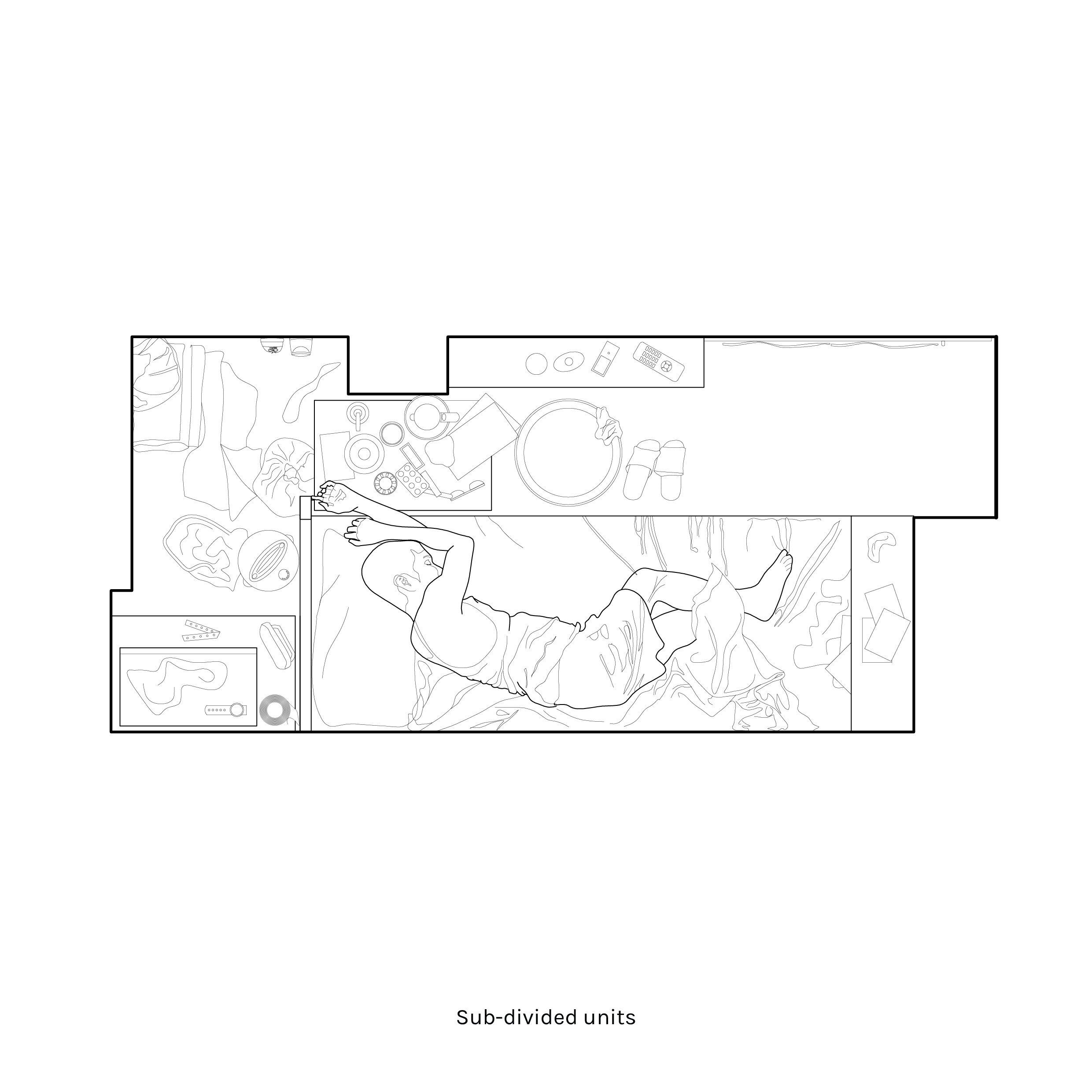
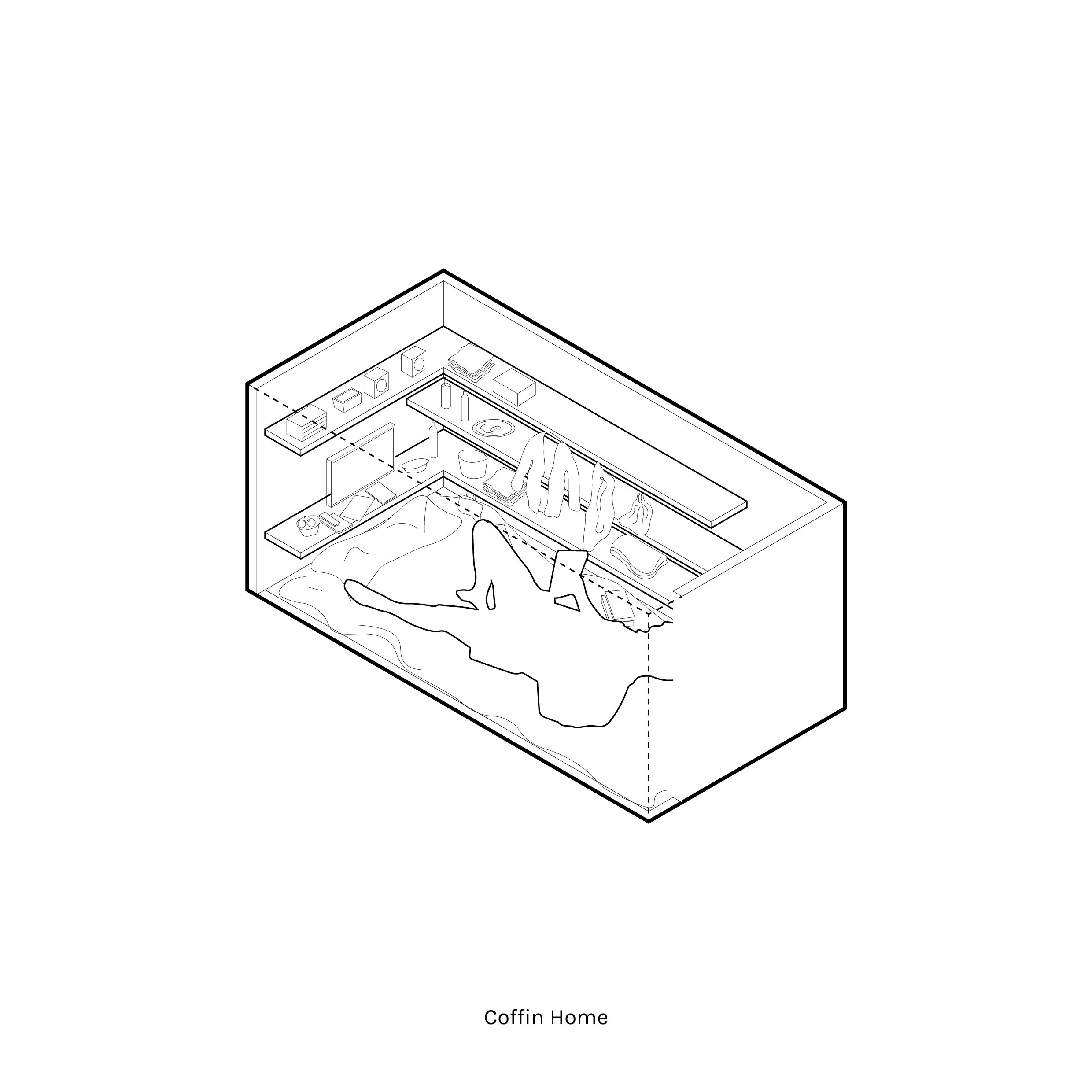
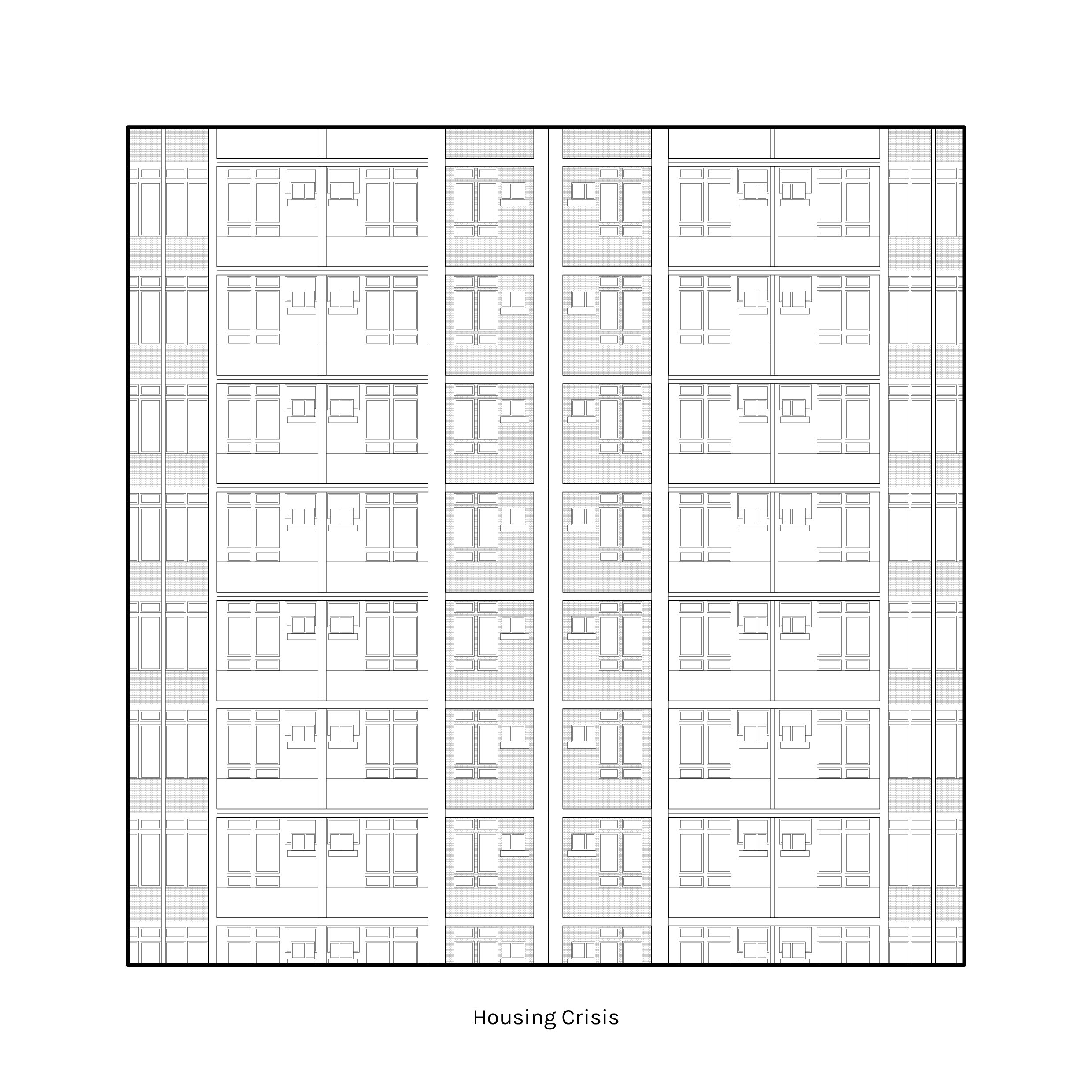
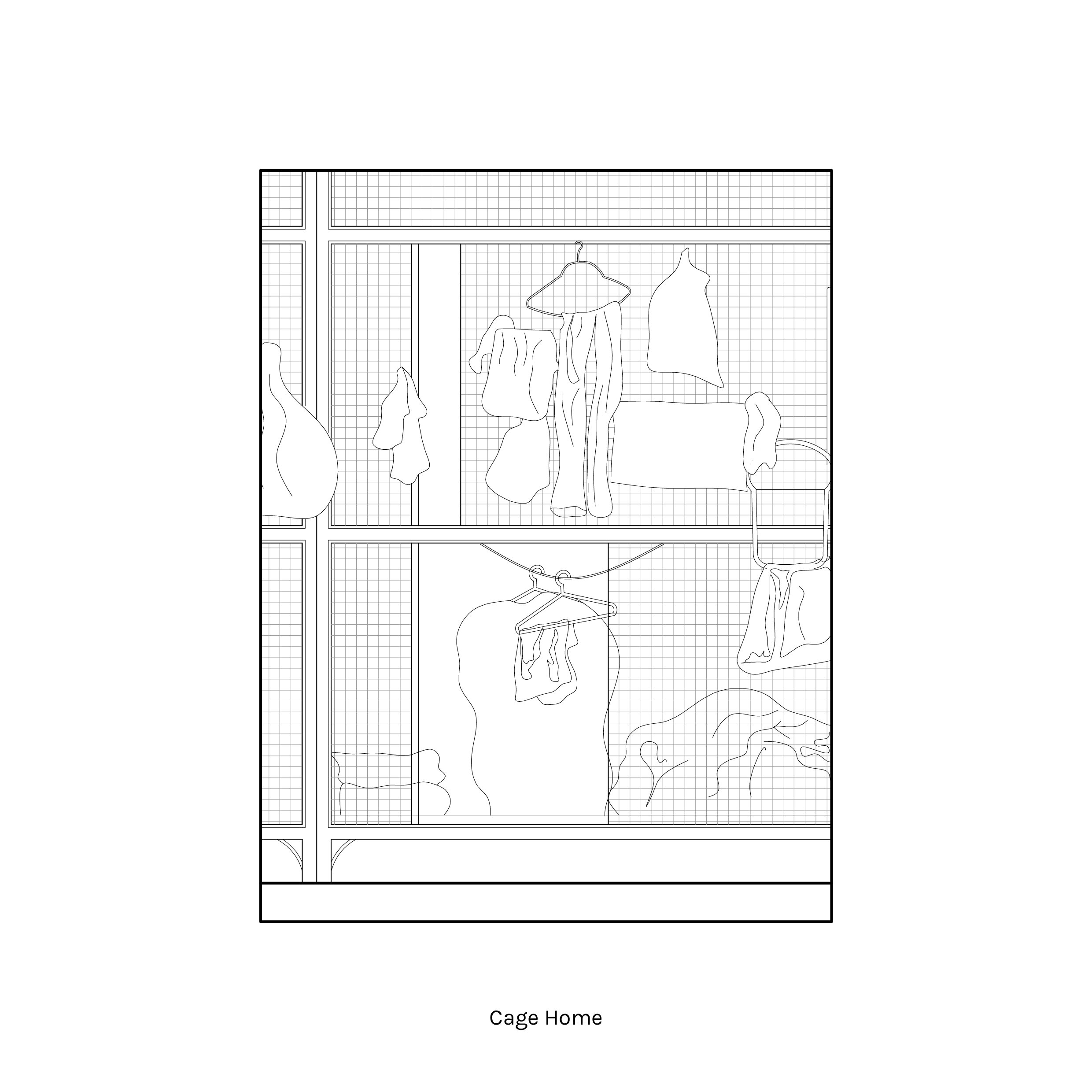
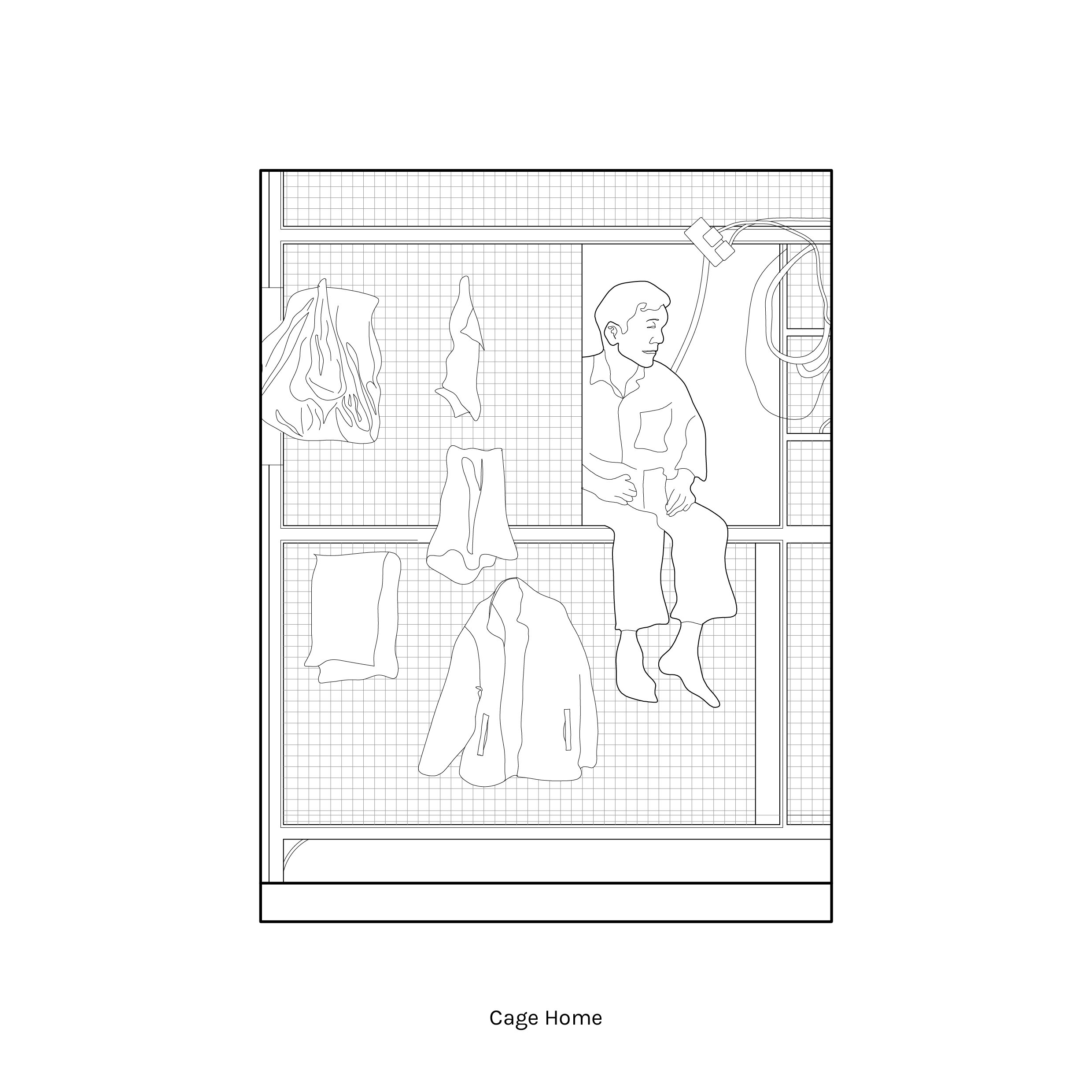
The spread of this pandemic marked a significant change in our daily experiences, with the home transforming to encompass not only the realm of the personal, but also that of work and the social. However, coming across an article by National Geographic photographer Benny Lam at the start of lockdown has raised questions on our awareness of the difficulties some face within their domestic environment.
Hong Kong is infamous as the least affordable housing market in the world, with a population of 7.5 million and a zoning strategy that permits almost no further developable land for affordable housing. This has forced many residents, particularly the working class, to seek inadequate housing, within homes in the form of cages, coffins, or sub-divided units, with shared facilities such as bathrooms and kitchens often merged. In one of the wealthiest cities in Asia, approximately 200,000 residents live in units between 7m2 and 13m2.
The very brief study of these living conditions has put things in perspective. Around the world, we have all felt somewhat trapped within our homes, yet many of us remain oblivious to our privileges, whilst others are refused a right to an honourable home.
#workfromhome?
by Alissar Riachi
